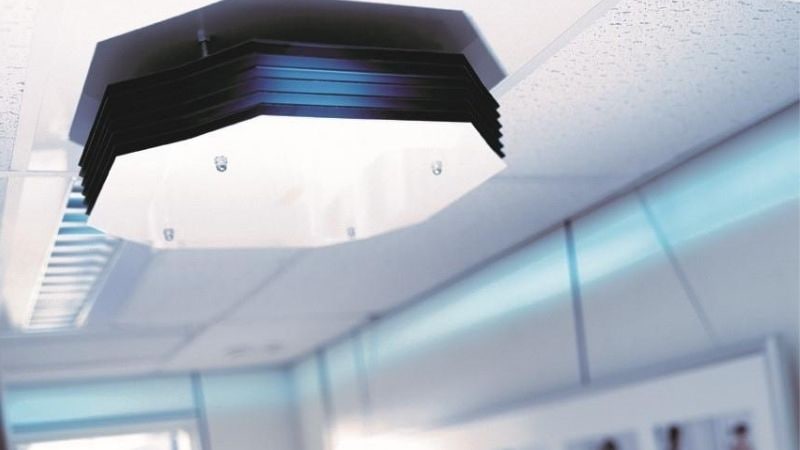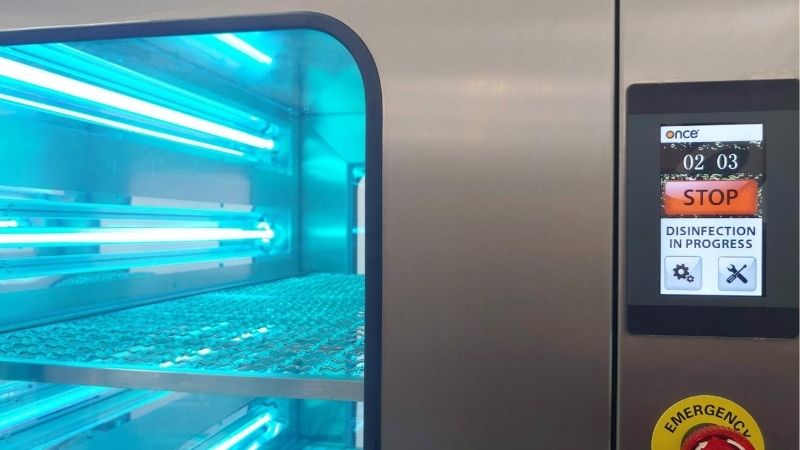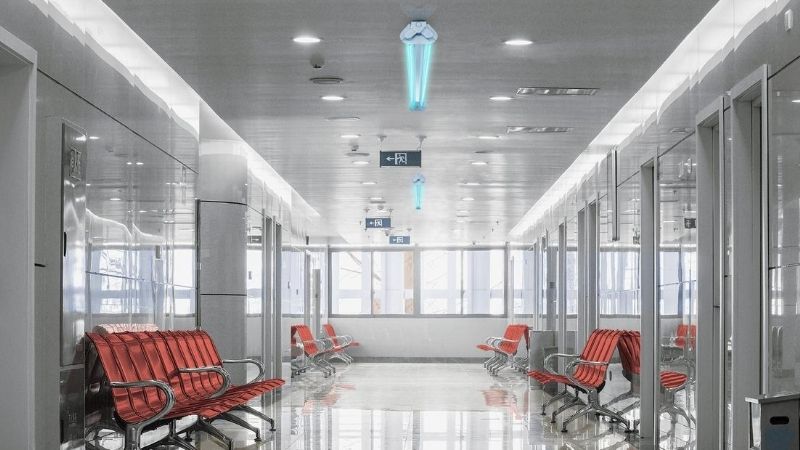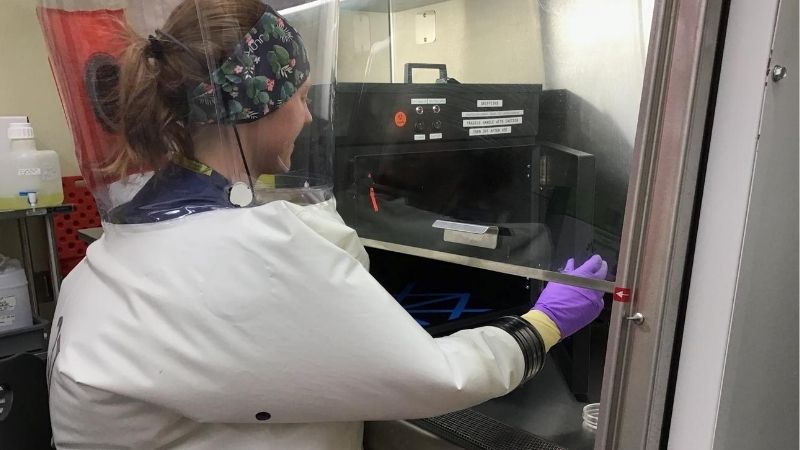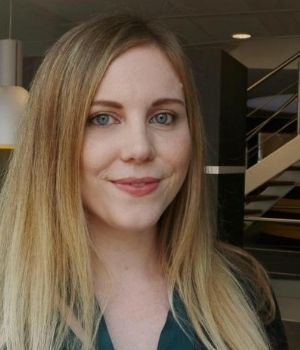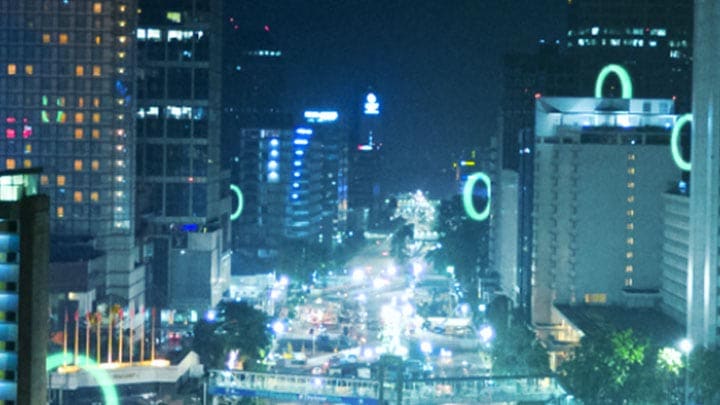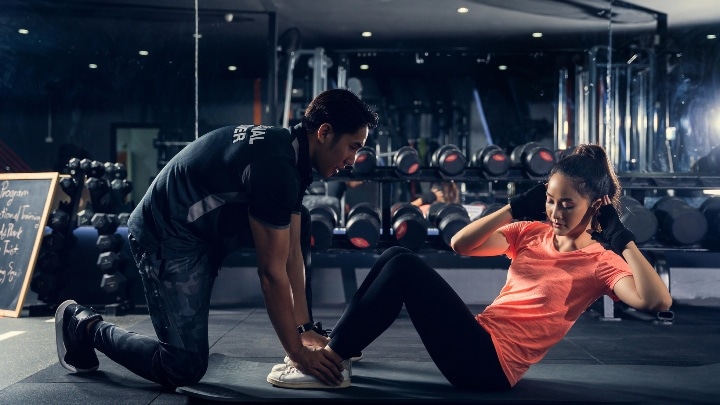August 25, 2020
UV-C can deactivate the virus that causes COVID-19. But how safe is it?
As the world comes to terms with the first great global pandemic of our age, technology like UV-C disinfection lighting will play an ever more important part in our future.
We’ve talked about UV-C in our blog and social media in recent months and we’ve received one question more than any other: is it safe? So, in response, here’s a quick breakdown of how UV-C works and how it can be used in an effective and safer way to keep our shared spaces disinfected and hygienic.

